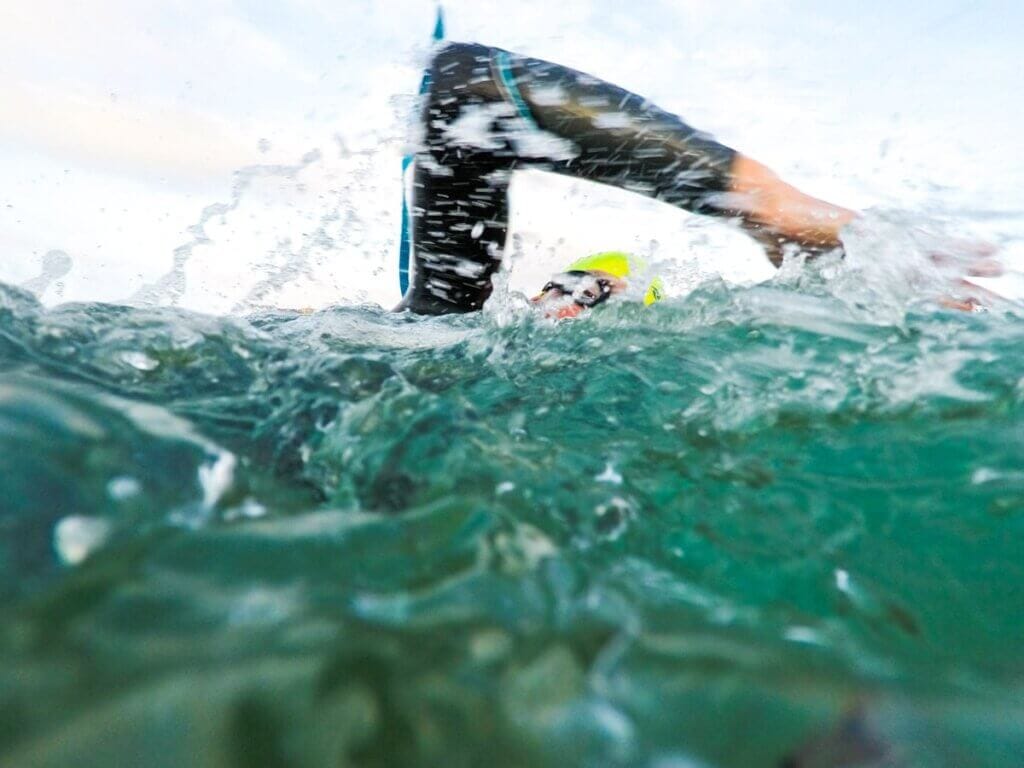Wave height: Is it 5 feet, head-high or overhead?

Are you a regular reader of written surf reports?
I’m talking about the reports written by a human (who gets up nice and early, checks the surf and then writes up a report) not the AI-generated ones.
There’s been a slight change to the language the surf reporters use in their description of wave heights, have you noticed?
Waves are no longer 1 foot, they’re ‘ankle-high’.
The surf isn’t 3 feet, it’s ‘waist-high’.
‘Head high’. That’s 5 feet.
In my observation, the switch to using body heights from face heights has been a gradual change by the team of Australian writers who now write for Surfline (which I use) who has been buying up smaller local sites lately.
Describing wave heights using the body height scale is nothing new, and it’s actually a fun and easy way to mentally visualise the size of the waves being reported.
When the wave heights are described in face heights, it can mean different things to different people, but the body height scale is something everyone can seem to align with.
Here’s the simplified wave face scale and the corresponding body height:
- 1 ft = Ankle-high
- 2 ft = Knee-high
- 3ft = Waist-high
- 4ft = Chest-high
- 5ft = Head-high
- 6-11ft = Overhead
- 12ft =Double overhead
You might also combine the body parts, for example, 3 1/2ft becomes waist-to-chest high.
Fun fact: The average height for males in Australia is 5ft 9in, and females 5ft 3 1/2in).

While we’re talking wave heights, did you know that there are generally two different scales used around the world?
In Australia, we measure the height of the face of a wave, from the trough (lowest point) to the crest (highest point).
In Hawaii, their wave height scale is pretty much half what we would measure a wave at, i.e. if we call a wave 6 foot, they’d call it 3 foot.
So why the difference?
The answer to that question is widely discussed and hotly debated… some say it’s because the Hawaiians are such humble people they downplay the size of the waves they surf, others believe that locals have wanted to trick haoles (not native to Hawaii) into thinking the surf isn’t worth turning up for. And there are more explanations too.
The story I tend to go with is that Hawaiians measure the wave height from the back of the wave. And, since the water level at the back of a wave is higher than in the trough, you’ll get a shorter measurement (and get to be more humble).
Whilst this is an interesting tidbit, on a more practical note, if you’re using a surf reporting app, you’ll want to check the settings for how the wave heights are reported.
If your app is set to ‘Traditional’ or ‘Hawaiian’ you’re likely to be seeing the wave heights reported 50% smaller than those that have their setting on ‘Face Height’ or ‘Rest of World’, or similar.
That’s going to make a big difference if you think you’re turning up to waist-high waves and they’re actually overhead!







Responses